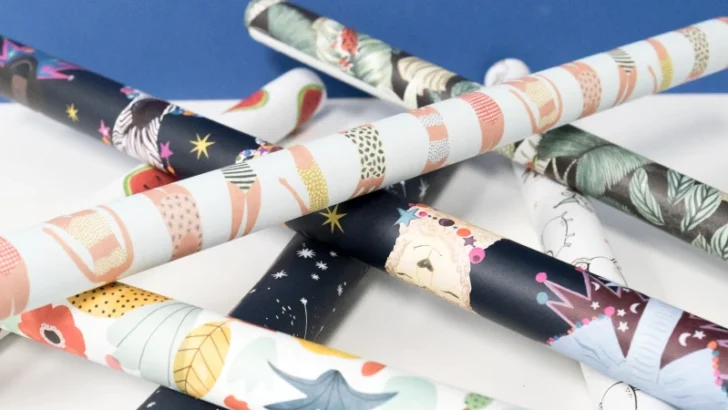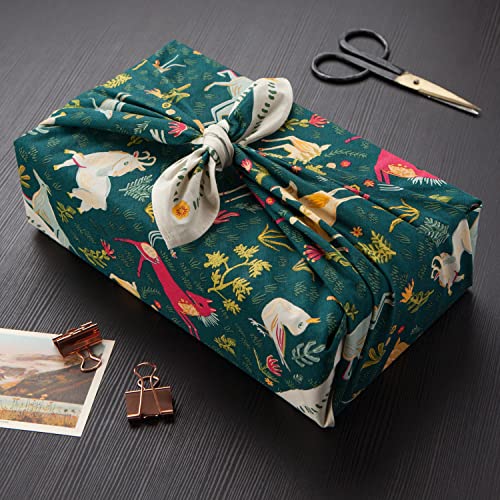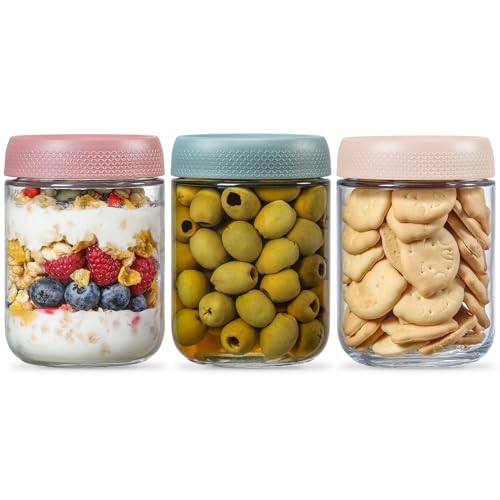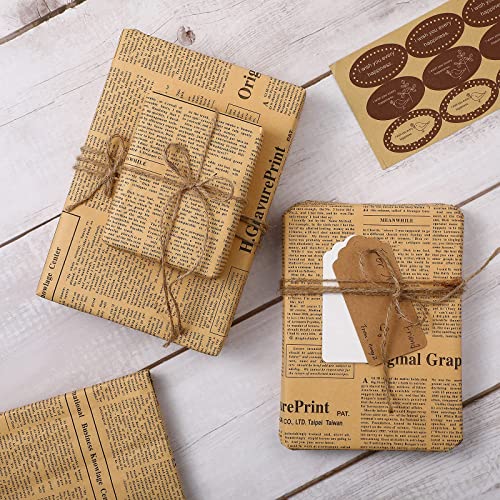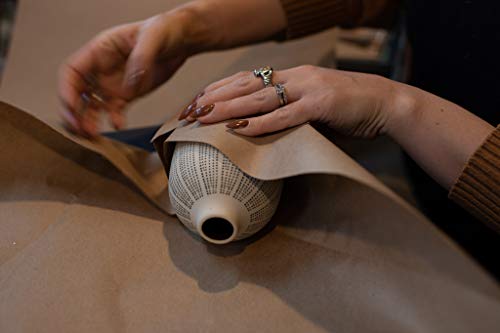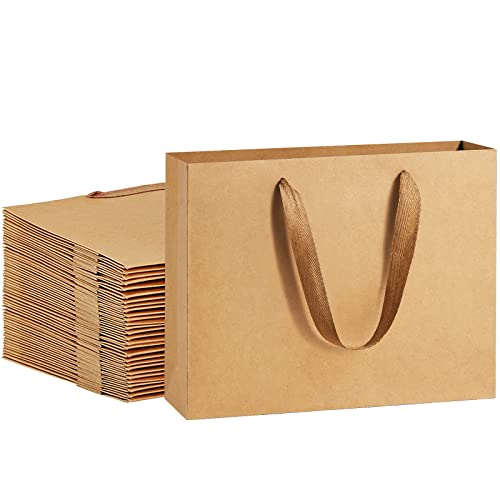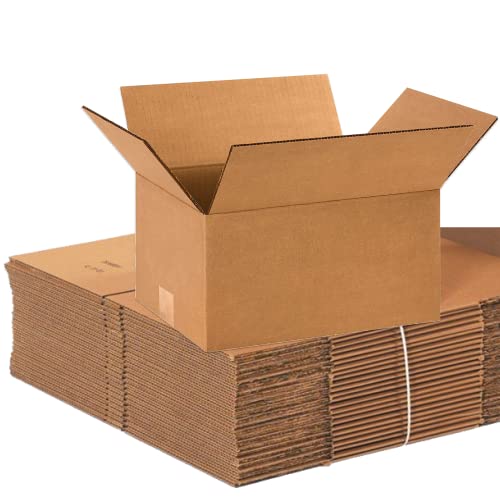Disclosure: This post may contain affiliate links, meaning we get a commission if you decide to make a purchase through our links, at no cost to you. Please read our disclosure for more info.
We believe in the joy of giving without harming the environment. Gift wrapping doesn’t have to contribute to the alarming increase in waste during the holiday season. Join us in making a positive impact with these eco-friendly wrapping ideas that not only reduce waste but also add a touch of creativity to your gifts.
In This Post:
Reusable Fabric Wrap: A Touch of Elegance
Embrace the beauty of reusable fabric wraps for your gifts. Consider using scarves, tea towels, handkerchiefs, or large napkins as a bonus gift themselves. For a simple yet stylish option, explore the art of Furoshiki, a Japanese wrapping cloth. Choose festive patterns, and let the fabric become a part of the gift-giving experience.
Glass Jars: Adorably Personalized Presents
Step away from traditional wrapping paper and consider the charm of glass jars. Personalize them with fun stickers, or adorn them with candy canes, cinnamon sticks, or carved wooden decors. Don’t forget to utilize leftover Furoshiki as a unique wrapping option. Fill these jars with homemade delights like jam, eggnog, or a DIY kit for an extra special touch.
Newspapers: Vintage Vibe with a Personal Twist
Give a nostalgic touch to your gifts by using newspapers. The vintage look adds character to your presents. Keep it simple by tying it with basic twine and clear tape. You can turn this seemingly outdated choice into something meaningful by selecting an interesting article or writing your holiday greetings on an unsolved crossword puzzle.
Kraft Paper: Recyclable and Customizable
Avoid the recycling dilemma with glossy or metallic paper by opting for kraft paper. It’s not only recyclable but also biodegradable. Enhance the rustic charm with natural elements like dried plants or pinecones.
A perfect choice for those who appreciate a personalized touch to their gifts. Get creative by drawing and customizing your wrapping paper.
Used Gift Bags: Reduce, Reuse, Recycle
Say goodbye to the conventional wrapping method and hello to recycled gift bags. Preserve the element of surprise while minimizing paper waste. Plus, you’re contributing to reducing the use of plastic bags during shopping. Dust off those forgotten gift bags under the sink and give them a new life as eco-friendly gift wraps.
Shipping Boxes: Quick and Earth-Friendly
Make a sustainable swap by utilizing your shipping boxes for gift wrapping. They are perfectly sized for small gifts, eliminating the need for excess paper. No scissors or tape required – just fold both ends, and you’re good to go. Add a festive touch with twigs and ribbons to camouflage the box’s origin. Sustainable and stylish, it’s a win-win.
Conclusion
Gift wrapping shouldn’t be wasteful. Choose eco-friendly options that not only protect the environment but also add a personal touch to your presents. Save and repurpose gift bags, glass jars, newspapers, and shipping boxes to minimize waste. Opt for reusable or recyclable options whenever possible and let your gift-giving be a celebration of sustainability. Make a difference this holiday season with thoughtful, eco-friendly choices.
FAQs
What Is the Best Eco-Friendly Wrapping Paper?
The best eco-friendly wrapping paper often includes recycled content or is made from sustainable materials like bamboo or hemp. Look for options that are biodegradable and easily recyclable.
What Is Eco-Friendly Wrapping Paper Made Of?
Eco-friendly wrapping paper is typically made from recycled materials, such as post-consumer waste or sustainable sources like bamboo, hemp, or even recycled cotton. These choices minimize environmental impact.
Is Eco-Friendly Paper Expensive?
While some eco-friendly papers may have a slightly higher upfront cost, the long-term benefits to the environment outweigh the price difference. Additionally, as demand grows, prices are becoming more competitive.
Why Is Paper More Eco-Friendly?
Paper is considered more eco-friendly when sourced sustainably or made from recycled materials. Unlike some synthetic alternatives, paper is biodegradable and can be recycled, reducing its environmental footprint.
How Does Paper Packaging Affect the Environment?
Paper packaging, when sourced responsibly, is renewable and biodegradable, making it a more sustainable option. However, excessive use and improper disposal can contribute to deforestation and waste issues, emphasizing the importance of responsible consumption and recycling practices.

